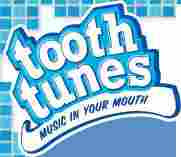Saturday, March 28, 2009
Bruxism ... or temporomandibular disorder
TMD describes a variety of conditions that affect jaw muscles, temporomandibular joints, and nerves associated with chronic facial pain. Symptoms may occur on one or both sides of the face, head or jaw, or develop after an injury. TMD affects more then twice as many women than men and is the most common non-dental related chronic orofacial pain.
Many experts suggest that certain tasks, either mental or physical, cause or aggravate TMD, such as strenuous physical tasks or stressful situations. Most discomfort is caused from overuse of the muscles, specifically clenching or grinding teeth (bruxism). Teeth grinding tires your jaw muscles and leads to discomfort, such as headaches or neck pain. Additionally, abnormal function can lead to worn or sensitive teeth, traumatized soft tissues, muscle soreness, jaw discomfort when eating, and temporal (side) headaches.
In treating bruxism we try to change patients' behavior by teaching them how to rest the tongue, teeth and lips properly. In many cases we can make a plastic mouth appliance, such as a nightguard that's worn to absorb the force of biting. This appliance can prevent future damage to the teeth and helps change the patient's destructive behavior.
source: Dr.S.Gritsiv


No comments:
Post a Comment